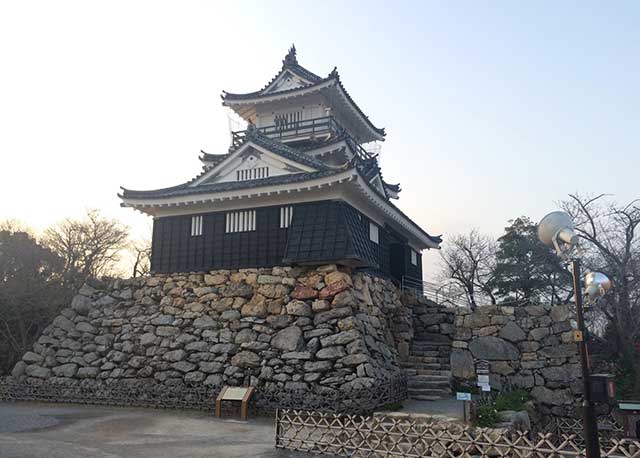
Hamamatsu Castle, situated in Hamamatsu City, Shizuoka Prefecture, originally bore the name Hikuma Castle or Shusse-jo ("Castle of Success"). Constructed around 1532 by Imagawa Sadatsuke on a modest hill, its fate changed with the fall of the Imagawa clan following their defeat by Oda Nobunaga at Okehazama in 1560. In the aftermath, Tokugawa Ieyasu, then 29 years old, claimed control of the stronghold, shifting his base from Okazaki to Hamamatsu in 1570. Over the next 17 years, Ieyasu fortified and expanded the castle, shaping it into a Teikakushi-styled layout spanning 600 meters east to west and 650 meters north to south. The south-facing main gate stood sentinel over the vital Tokaido Route.
One legendary incident highlights the strategic cunning of Ieyasu. After narrowly escaping defeat at the Battle of Mikatagahara in 1572, Ieyasu returned to Hamamatsu Castle. He left the main gates open and ignited all the brazier fires, illuminating the fortress to guide his retreating samurai. The resounding beat of a war drum echoed through the January night. When Takeda Shingen's army approached and witnessed the scene, they suspected a trap and refrained from entering, inadvertently sparing Ieyasu and his forces.
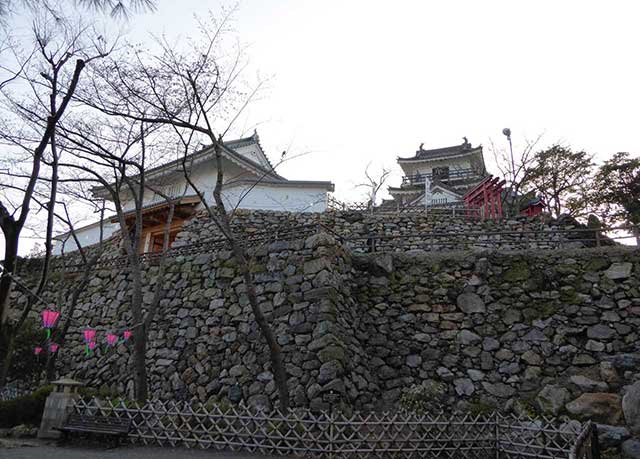
In 1577, Ieyasu renamed the castle Hamamatsu. It became known as the "Castle of Success" as many of its lords achieved greater prominence, including Ieyasu's ascent to Shogun. The castle saw a succession of rulers during the Edo period, undergoing 12 changes of lordship.
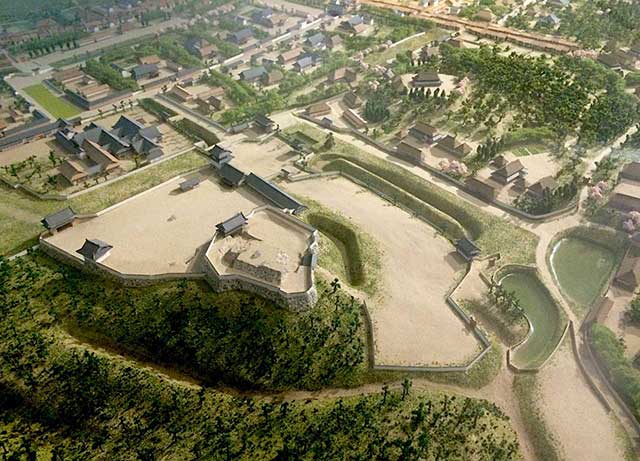
In modern times, Hamamatsu Castle underwent dismantlement, with its moats filled in, and the inner Honmaru areas transformed into a city park. However, in 1958, a three-story Tenshu was reconstructed in concrete atop the original Nozura-zumi-made Tenshu-dai. The castle's remaining 10.28-hectare grounds, along with its ishigaki stone walls and layout, serve as exceptional examples of a large Sengoku-period castle. Visitors can explore the reconstructed Tenshu, which features a georama of the former castle's layout, a museum housing armor and weapons, and Tokugawa-related artifacts. Recent research suggests that the castle's original keep was not a Tenshu but a large two-story Yagura in the Ni-no-Maru. The reconstruction of the castle's Tenshu-mon in the traditional manner enhances the historical ambiance of Hamamatsu Castle.
Siehe auch
-
Marugame Castle
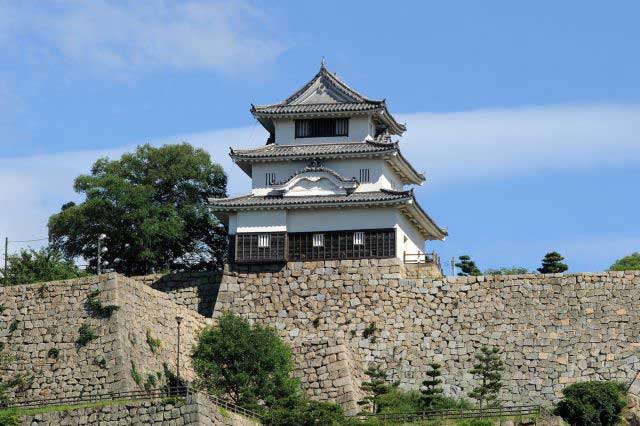
Marugame is part of the so-called “Authentic Dozen,” a group of twelve castles whose donjons have survived to the present day without major reconstructions since the Edo period.
-
Iyo Matsuyama Castle
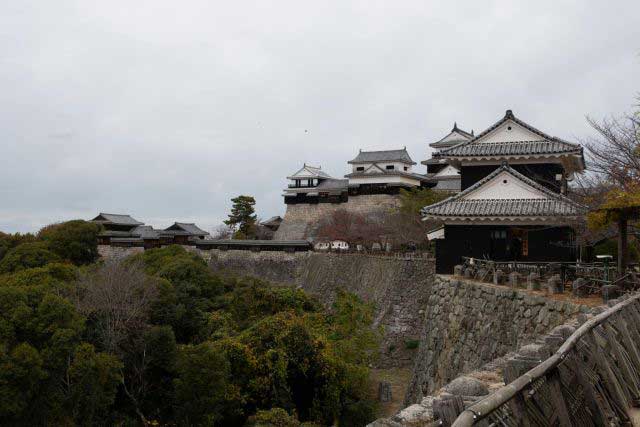
Historically, the center of Iyo Province—corresponding to today’s Ehime Prefecture on the island of Shikoku—was the city of Imabari, while the Matsuyama area was regarded as an agricultural hinterland with broad plains and low hills. During the Muromachi period, the central part of the province was governed by the Kano clan from Yuzuki Castle. With the onset of the Sengoku period, however, this clan lost its former influence and was forced to survive in the shadow of the more powerful Mori and Chōsokabe clans. After Toyotomi Hideyoshi’s forces conquered Shikoku in 1587, the northern part of Iyo Province was granted to Fukushima Masanori, one of the so-called “Seven Spears of Shizugatake.” In 1595, Masanori was transferred to Kiyosu Castle, and the lands around Matsuyama were given to another of the Seven Spears, Katō Yoshiaki, who received Masaki Castle and an income of 60,000 koku of rice.
-
Kanazawa Castle
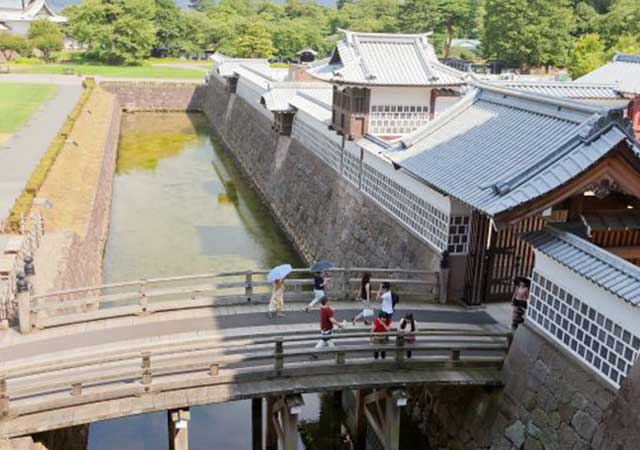
Construction of Kanazawa Castle began in 1580 on the orders of Sakuma Morimasa, a vassal of Oda Nobunaga. The castle was built on the site of the Ikko-ikki sect's Oyama Gobo temple, which is why it is sometimes called Oyama Castle. Morimasa managed to build several moats and begin construction of a castle town. However, after his defeat at the Battle of Shizugatake in 1583, he was executed, and ownership of the castle passed to Maeda Toshiie (1538–1599).
-
Nakatsu Castle
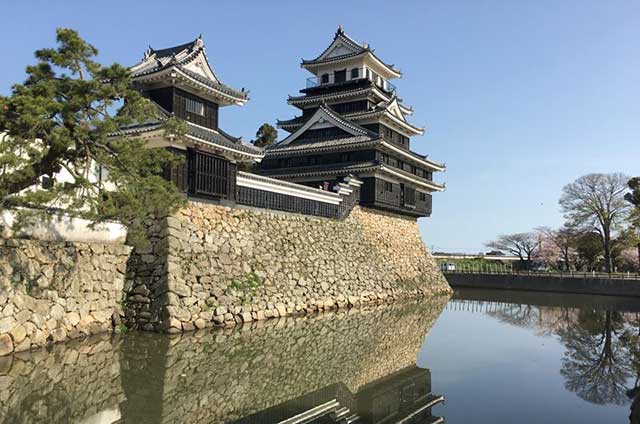
Kuroda Yoshitaka (1546–1604) was one of the closest advisors to the legendary military commander Toyotomi Hideyoshi. He took part in key military campaigns of the late 16th century, including the campaign against Shikoku in 1585 and the campaign against Kyushu in 1587. Later, during the second campaign in Korea, Yoshitaka served as chief advisor to the commander of the invasion forces, Kobayakawa Hideaki. After Hideyoshi's death, he swore allegiance to Tokugawa Ieyasu, thereby securing his influence and patronage under Japan's new leader.
-
Edo Castle
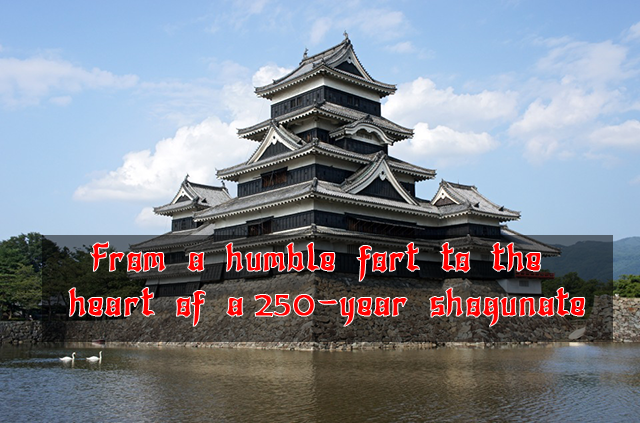
The history of Edo Castle dates back to the Heian period, when the Edo clan built a small fort on this site. In 1457, the vassal of the Uesugi clan, Ota Dokan (1432–1486), constructed a full-scale castle here. Internal conflicts weakened the Uesugi clan, and in 1524, Ota Dokan’s grandson, Ota Yasutaka, surrendered the castle without resistance to the forces of Hojo Soun, the ambitious leader of the Hojo clan. While Odawara Castle remained the clan's main stronghold, Edo was considered a key strategic fortress.
-
Samurai Museum Shinjuku

Situated in the vibrant district of Shinjuku, the museum showcases an extensive collection of samurai armor, weapons, and cultural artifacts spanning from the Kamakura to the Edo period. The exhibits aim to convey the samurai's unwavering commitment to honor and discipline, reflecting how their spirit continues to influence modern Japanese culture.
-
Anjo Castle
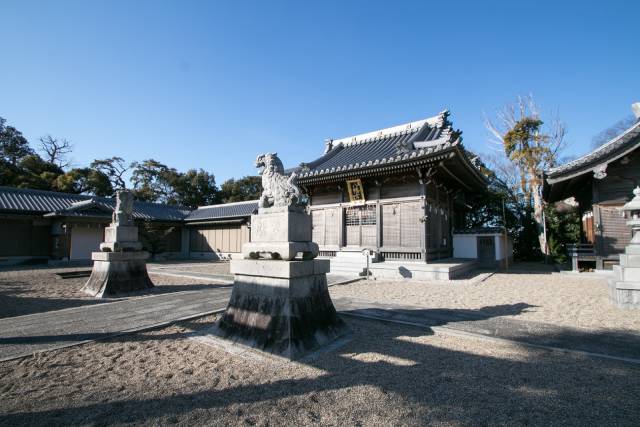
Anjo Castle was built on a slight elevation at the edge of the Hekikai Plateau, about 2 kilometers southeast of present-day central Anjo City in Aichi Prefecture. Today, the surrounding area thrives on large-scale agriculture and automotive manufacturing, utilizing the expansive flatlands and its proximity to the Nagoya region.
-
Numata Castle

Numata Castle, located in Numata, northern Gunma Prefecture, Japan, has a rich and complex history. During the late Edo period, it served as the residence of the Toki clan, who ruled the Numata Domain. Over the centuries, the castle changed hands multiple times and was the site of significant battles during the Sengoku period.

